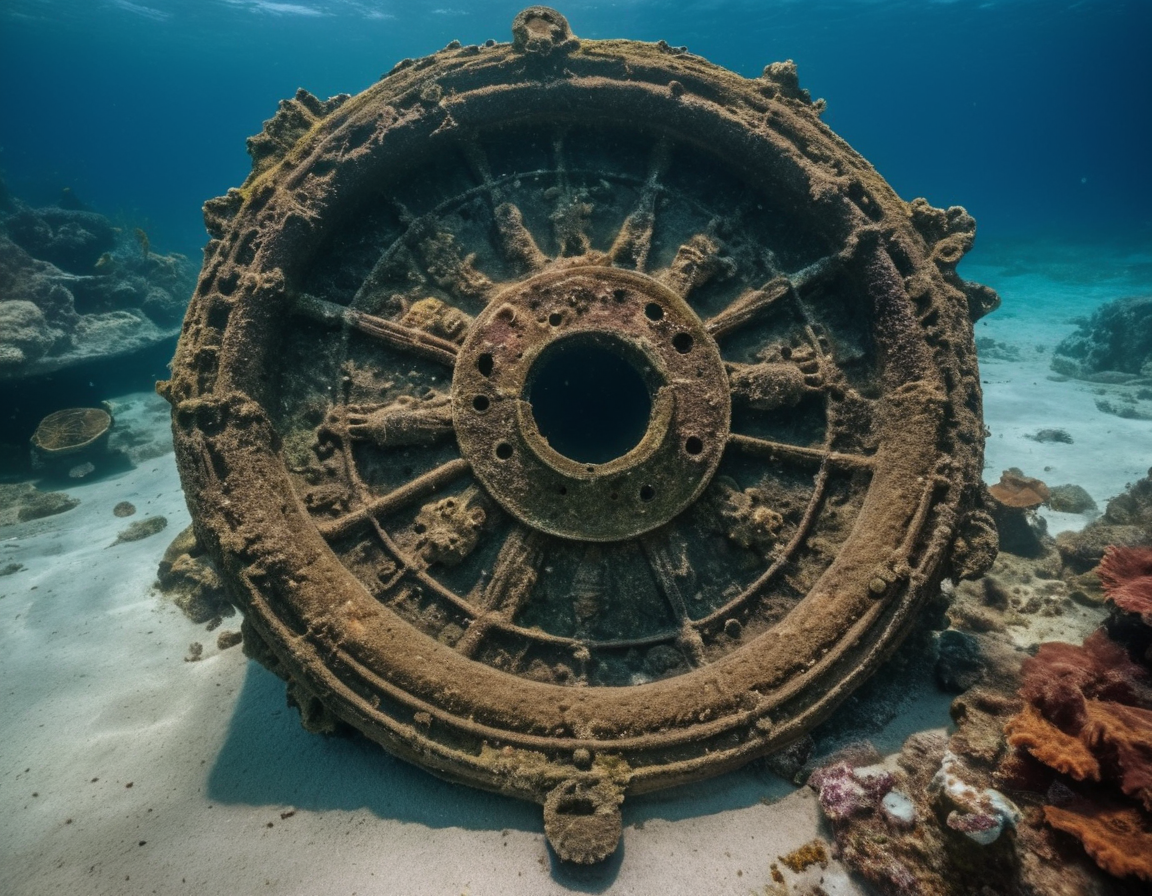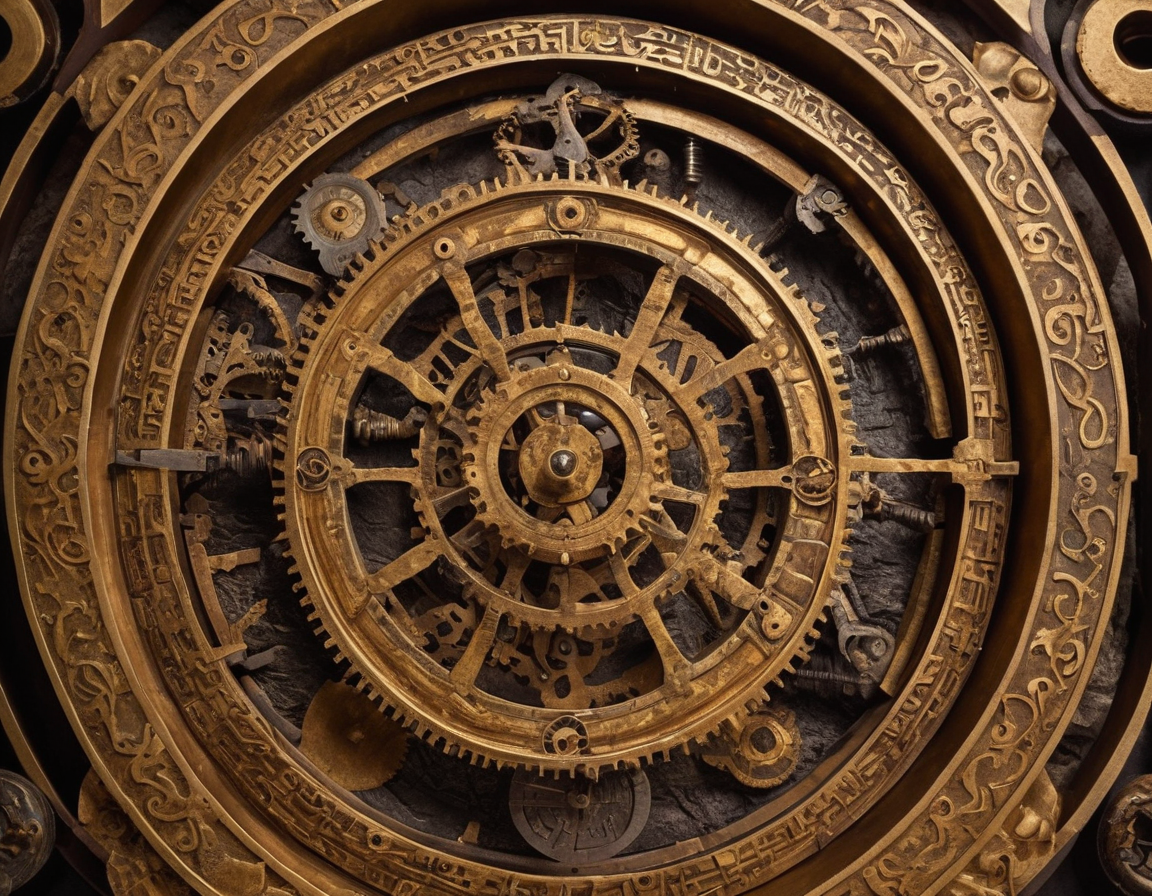Exploring the Mysteries of the Antikythera Mechanism: A Pinnacle of Ancient Greek Engineering
Unveiling the Secrets of the Antikythera Mechanism<\/h1>
In the deep blue waters off the coast of the Greek island of Antikythera, divers discovered a remarkable artifact that has puzzled scientists and historians for over a century. The Antikythera Mechanism, often dubbed the world’s first ‘analog computer,’ is a testament to the ingenuity of ancient Greek science and technology. Following extensive research, the true purpose and sophistication of this device continue to fascinate and inspire. In this blog post, we delve into the history, discovery, and significance of this ancient marvel.<\/p>
The Discovery<\/h2>
It all began in 1901 when a group of sponge divers, led by Captain Dimitrios Kondos, stumbled upon a shipwreck off the Antikythera coast. Initially on the hunt for sponges, the divers unearthing the wreck heralded one of the most significant finds in archaeological history. Among the haul were statues, coins, jewelry, and a peculiar bronze artifact corroded by time and seawater—the Antikythera Mechanism.<\/p>
What is the Antikythera Mechanism?<\/h2>
Dated to around 100 BC, the Antikythera Mechanism is a sophisticated assembly of at least 30 meshing bronze gears set within a wooden frame. Measuring approximately 33 cm in height, 17 cm in width, and 10 cm in depth, this device could calculate and display celestial information with remarkable precision. Sophisticated for its time, it showcased the Greeks’ understanding of astronomical cycles and events. Reconstructions of the mechanism suggest it was used to predict solar and lunar eclipses, planetary positions, and even to organize the calendar in cycles of Olympiads—the four-year period between the Olympic Games.<\/p>
The Functions of the Device<\/h2>
The Antikythera Mechanism had dials and pointers that could show the motion of the sun and moon through the zodiac, the phase of the moon, and predict eclipses. It contained an intricate system of dials for tracking celestial cycles, including the Saros (an 18-year cycle of the moon), the Metonic (a 19-year cycle used to predict the recurrence of full moons), and others, all of which were vital for timing agricultural activities and religious festivals.<\/p>
Modern Investigations<\/h2>
Throughout the 20th and 21st centuries, the Antikythera Mechanism has been the subject of intense investigation. Modern technologies, such as X-ray and CT scanning, have allowed researchers to peek inside the corroded layers of the artifact and understand its internal workings. This has led to several physical and digital reconstructions that demonstrate how the mechanism would have functioned in its heyday. A key figure in this research was the late Professor Derek de Solla Price, who devoted much of his career to deciphering the purpose and operation of the mechanism.<\/p>
The Legacy of the Antikythera Mechanism<\/h2>
The discovery of the Antikythera Mechanism has radically altered our understanding of ancient Greek technology, revealing a level of sophistication that was not thought to have existed until at least a millennium later. Its complexity wouldn’t be matched until the creation of medieval European clocks in the 14th century AD. Often cited as the first known analogue computer, the mechanism stands as a crowning achievement of ancient engineering and a shining example of humanity’s timeless pursuit of knowledge.<\/p>
Conclusion<\/h2>
The Antikythera Mechanism’s tale from the depths of the sea to the forefront of archaeological and scientific research is as captivating as the mysteries the device itself was designed to unravel. It serves as a powerful reminder of the innovative spirit of our ancestors and the undiscovered history that still lies hidden within the Earth and sea, waiting for future generations to uncover.<\/p>
Keep the thirst for knowledge alive by delving into past innovations and discoveries, as they often hold the keys to future advancements. The Antikythera Mechanism is not just a relic of the past but a beacon for the future of interdisciplinary research and exploration.<\/p>
Are you intrigued by the Antikythera Mechanism or have any thoughts on ancient technologies? Share your insights and join the conversation below.<\/em><\/p>






